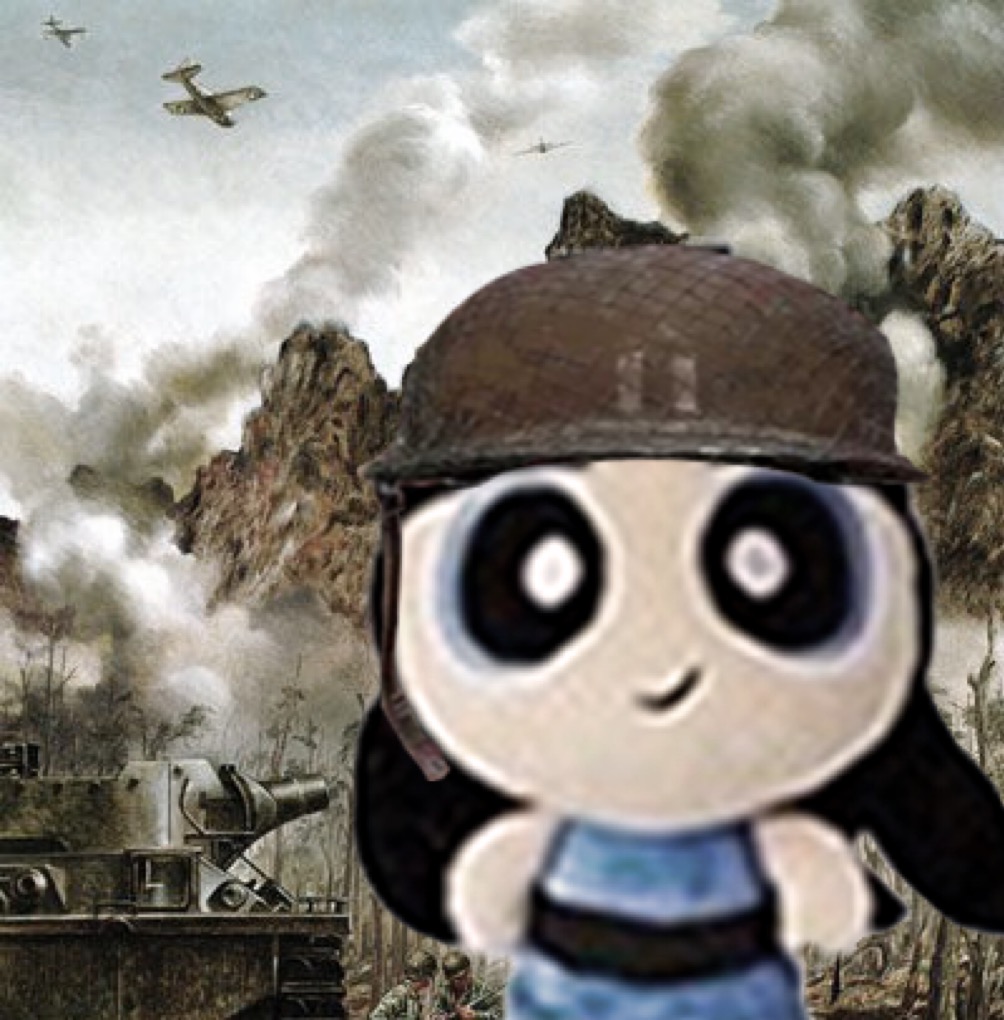ELEMENTS, PRINCIPLES OF ART
Cards (21)
- Space
- Positive space
- Negative space
- Negative space
- Line
- Shape and form
- Shape and form
- Geometric shapes
- Organic shapes
- Abstract shapes
- Color
- Value
- Texture
- Scale and proportion
- Harmony
- Variety
- Movement
- Rythm
- Balance
- Emphasis
- Subordination
